Bears are some of the most iconic and awe-inspiring animals in the United States, symbolizing the wild and untamed beauty of nature. From the dense forests of Alaska to the rugged mountains of Montana, these majestic creatures can be found in various habitats across the country. In this listicle, we’ll explore the U.S. states with the highest bear populations, highlighting the unique characteristics of each region and the importance of bear conservation.
1. Alaska
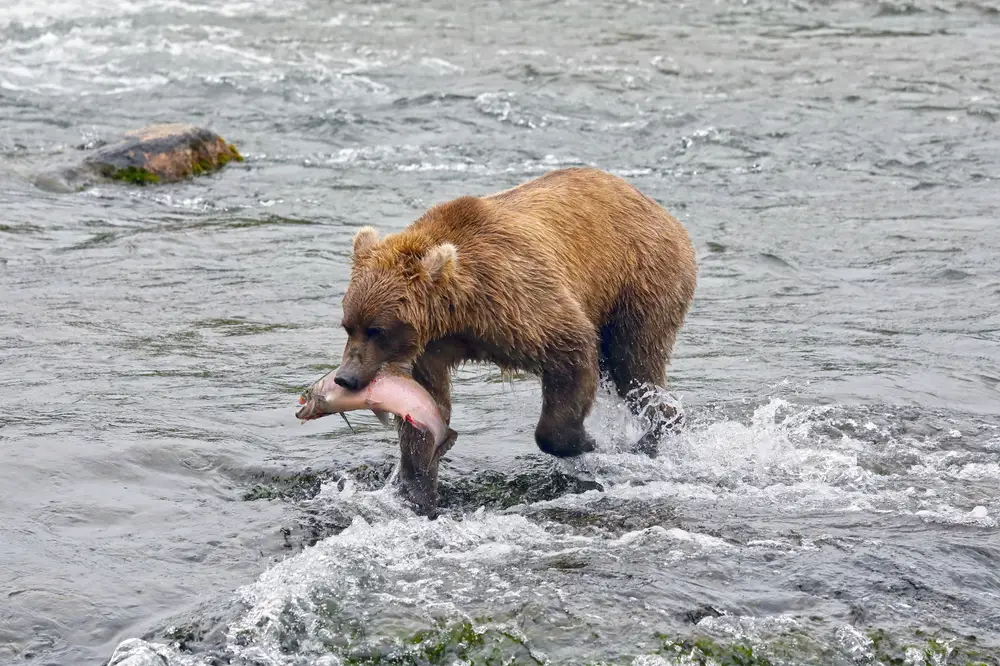
Alaska is home to the largest bear population in the United States, with an estimated 100,000 black bears and 30,000 brown bears, including grizzlies and Kodiak bears. The state’s vast wilderness, including national parks like Denali and Katmai, provides an ideal habitat for these majestic creatures, according to the Alaska Department of Fish and Game. Bears in Alaska are known for their impressive size, with Kodiak bears being the largest subspecies of brown bear in the world. The state’s remote and rugged terrain offers bears plenty of space to roam and forage, reducing the likelihood of human-bear conflicts.
However, as human activity in Alaska increases, so does the potential for encounters between bears and people. Conservation efforts focus on protecting bear habitats and educating the public about bear safety. Alaska’s bear population is a testament to the state’s commitment to preserving its natural heritage.
2. Montana
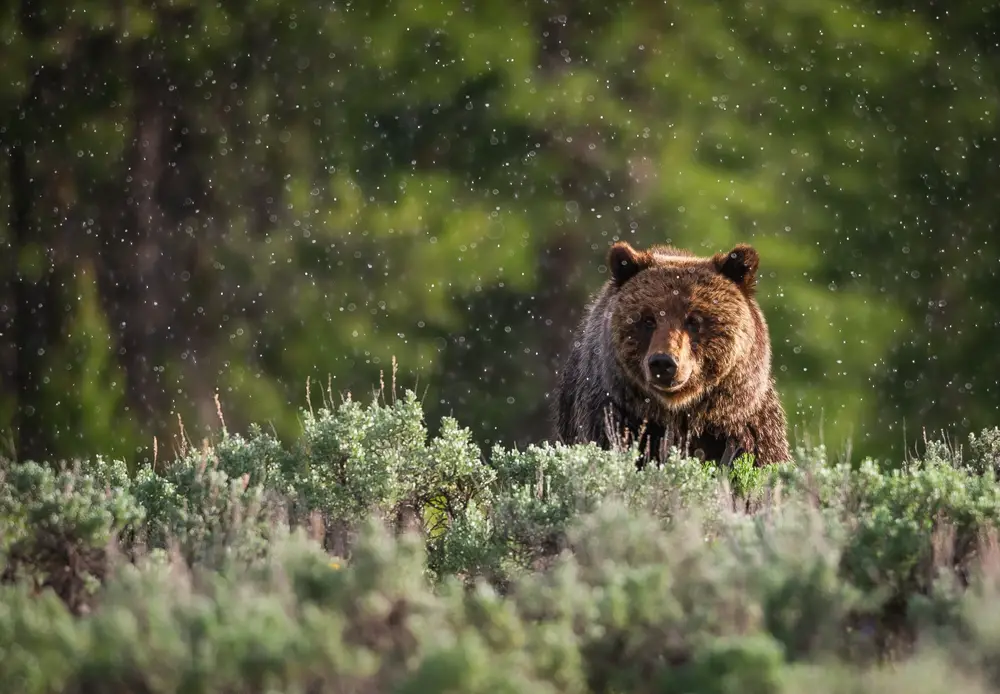
Montana is another state with a significant bear population, particularly grizzly bears and black bears. The state’s diverse landscapes, including the Rocky Mountains and Glacier National Park, provide ideal habitats for these animals. Grizzly bears in Montana are a symbol of the state’s wild and rugged character, and their presence is closely monitored by wildlife officials. Black bears, on the other hand, are more widespread and adaptable, often found in forested areas and even near human settlements.
Montana’s bear population faces challenges from habitat loss and human-wildlife conflicts, particularly in areas where urban development encroaches on bear habitats, according to Montana Fish, Wildlife & Parks. Conservation efforts focus on protecting critical bear habitats and promoting coexistence between bears and humans. The state’s bear population is a reminder of the importance of preserving wilderness areas for future generations.
3. Wyoming
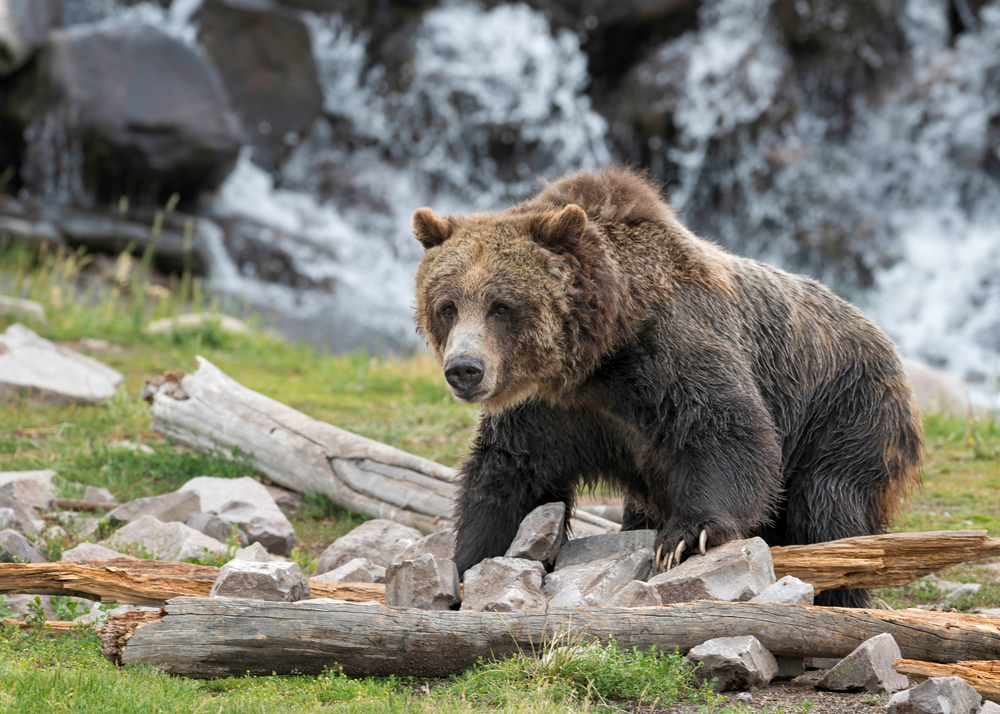
Wyoming is home to a thriving bear population, particularly in Yellowstone National Park and the surrounding areas. The state’s grizzly bears are a major attraction for tourists, who come to see these iconic animals in their natural habitat. Wyoming’s black bears are also abundant, often found in forested areas and mountainous regions. The state’s bear population faces challenges from habitat fragmentation and human-wildlife conflicts, particularly in areas where bears come into contact with livestock or human food sources.
Conservation efforts focus on protecting bear habitats and reducing conflicts through education and outreach, according to the Wyoming Game and Fish Department. Wyoming’s bear population is a symbol of the state’s commitment to wildlife conservation and the preservation of its natural heritage.
4. Idaho
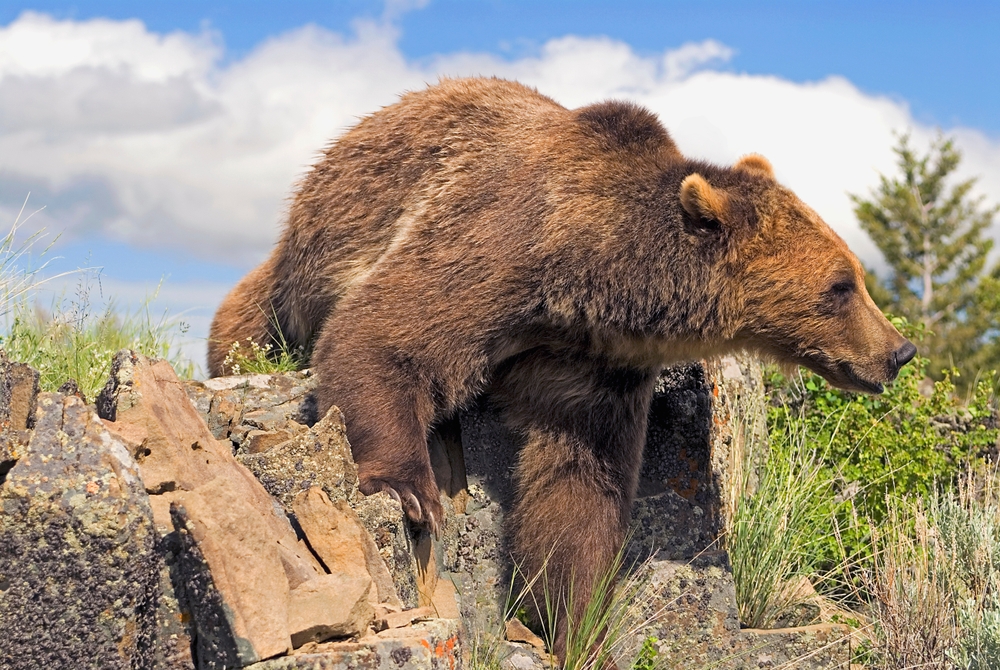
Idaho is another state with a significant bear population, particularly black bears and grizzly bears. The state’s diverse landscapes, including the Rocky Mountains and vast forests, provide ideal habitats for these animals. Black bears in Idaho are highly adaptable and can be found in a variety of habitats, from dense forests to open meadows. Grizzly bears, on the other hand, are more limited in their range and are primarily found in the northern part of the state.
Idaho’s bear population faces challenges from habitat loss and human-wildlife conflicts, particularly in areas where bears come into contact with human food sources. Conservation efforts focus on protecting bear habitats and promoting coexistence between bears and humans. Idaho’s bear population is a reminder of the importance of preserving wilderness areas for future generations.
5. Washington
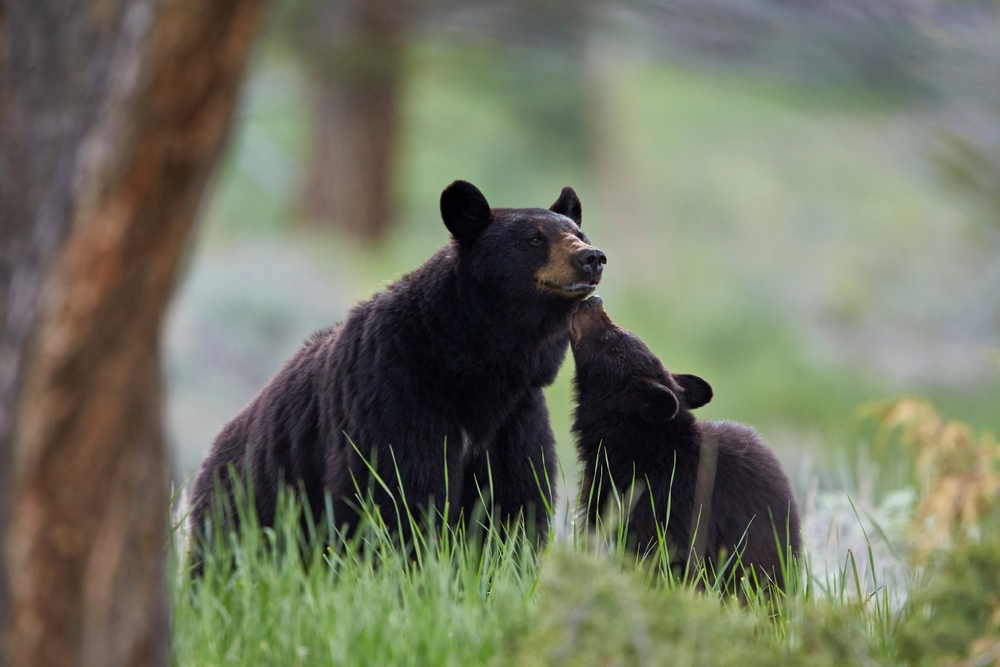
Washington is home to a thriving bear population, particularly black bears and grizzly bears. The state’s diverse landscapes, including the Cascade Mountains and Olympic National Park, provide ideal habitats for these animals. Black bears in Washington are highly adaptable and can be found in a variety of habitats, from dense forests to urban areas. Grizzly bears, on the other hand, are more limited in their range and are primarily found in the northern part of the state.
Washington’s bear population faces challenges from habitat loss and human-wildlife conflicts, particularly in areas where bears come into contact with human food sources. Conservation efforts focus on protecting bear habitats and promoting coexistence between bears and humans. Washington’s bear population is a reminder of the importance of preserving wilderness areas for future generations.
6. Colorado
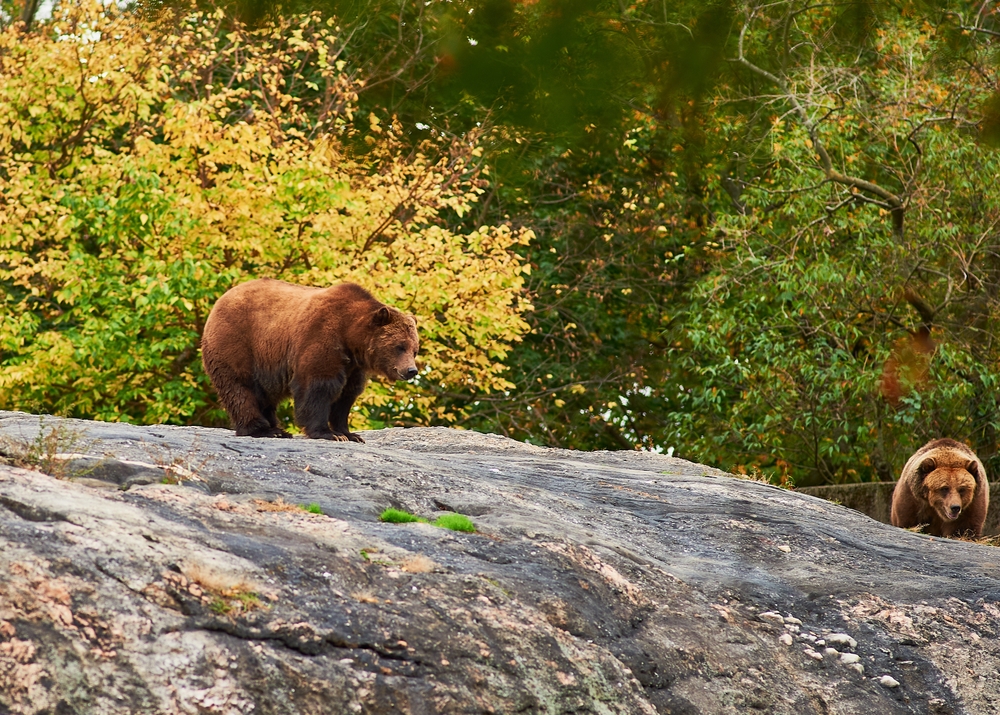
Colorado is home to a thriving bear population, particularly black bears. The state’s diverse landscapes, including the Rocky Mountains and vast forests, provide ideal habitats for these animals. Black bears in Colorado are highly adaptable and can be found in a variety of habitats, from dense forests to urban areas. The state’s bear population faces challenges from habitat loss and human-wildlife conflicts, particularly in areas where bears come into contact with human food sources.
Conservation efforts focus on protecting bear habitats and promoting coexistence between bears and humans. Colorado’s bear population is a reminder of the importance of preserving wilderness areas for future generations.
7. California
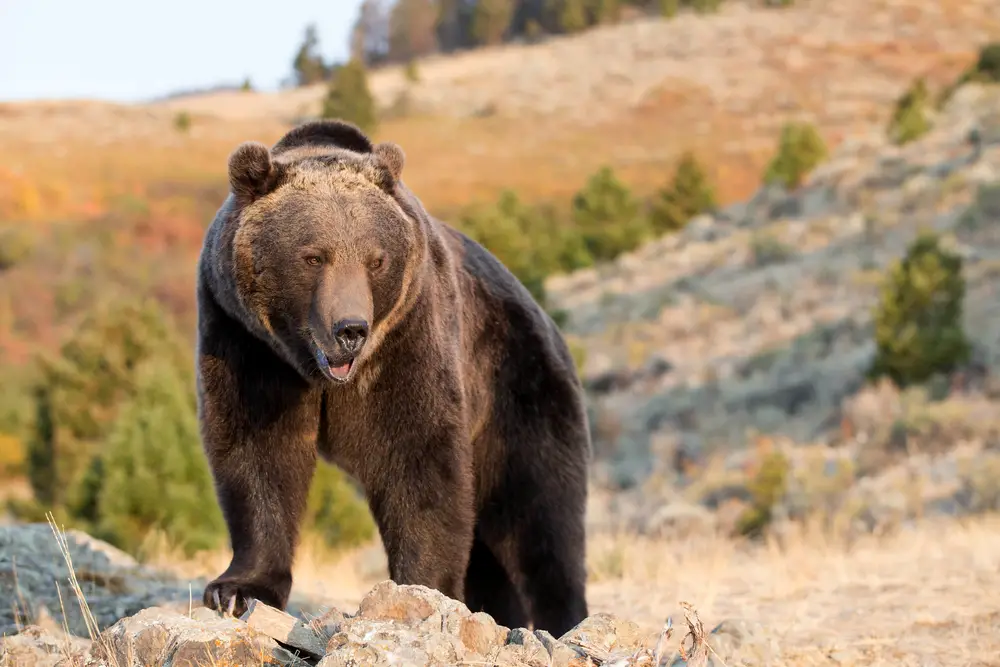
California is home to a thriving bear population, particularly black bears. The state’s diverse landscapes, including the Sierra Nevada Mountains and vast forests, provide ideal habitats for these animals. Black bears in California are highly adaptable and can be found in a variety of habitats, from dense forests to urban areas. The state’s bear population faces challenges from habitat loss and human-wildlife conflicts, particularly in areas where bears come into contact with human food sources.
Conservation efforts focus on protecting bear habitats and promoting coexistence between bears and humans. California’s bear population is a reminder of the importance of preserving wilderness areas for future generations.
8. Oregon
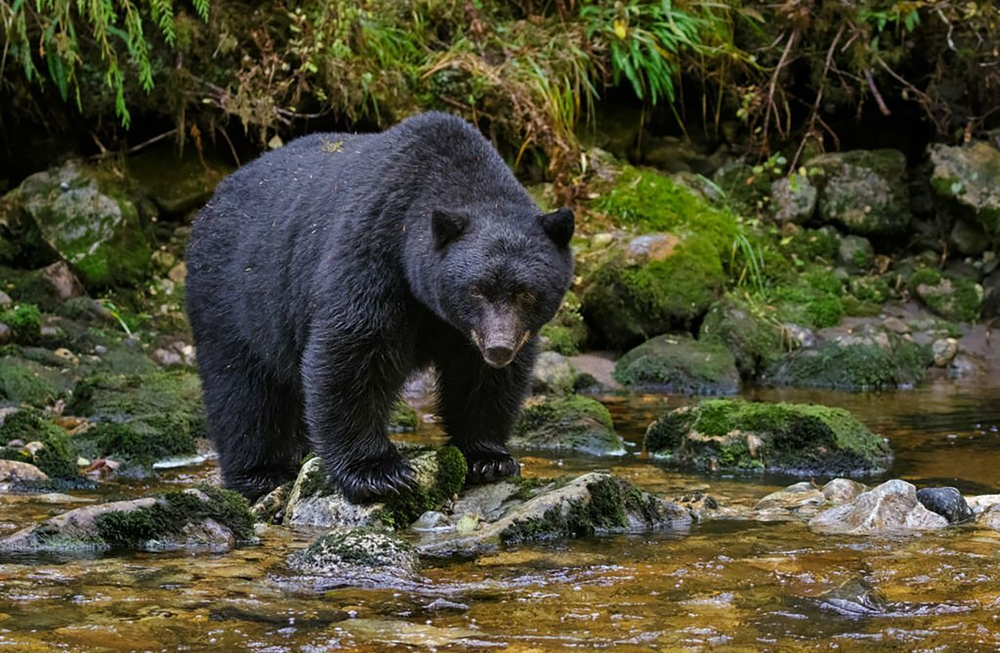
Oregon is home to a thriving bear population, particularly black bears. The state’s diverse landscapes, including the Cascade Mountains and vast forests, provide ideal habitats for these animals. Black bears in Oregon are highly adaptable and can be found in a variety of habitats, from dense forests to urban areas. The state’s bear population faces challenges from habitat loss and human-wildlife conflicts, particularly in areas where bears come into contact with human food sources.
Conservation efforts focus on protecting bear habitats and promoting coexistence between bears and humans. Oregon’s bear population is a reminder of the importance of preserving wilderness areas for future generations.
9. Utah
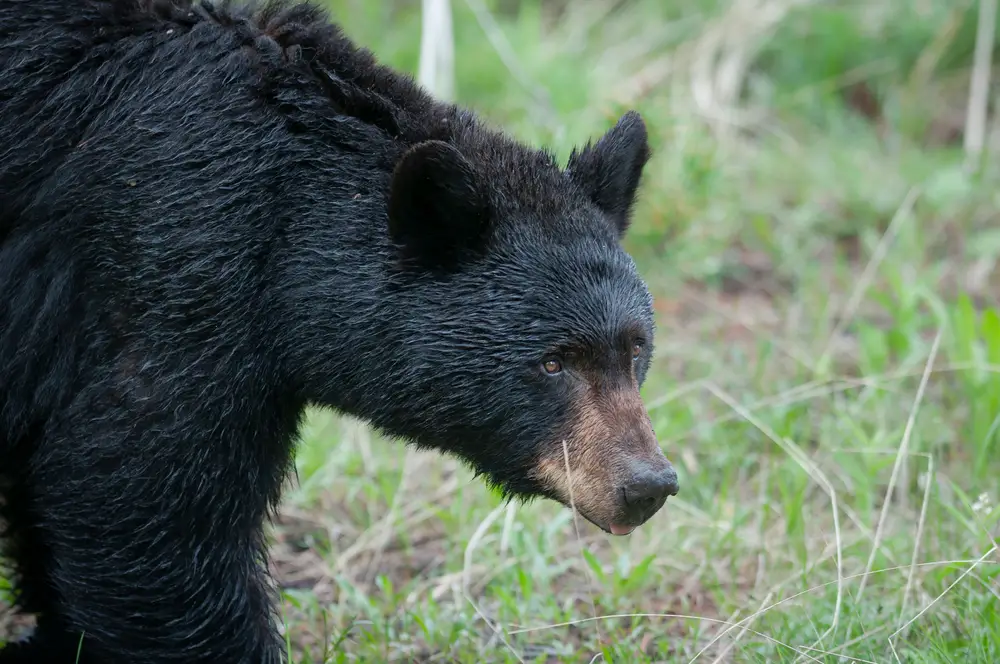
Utah is home to a thriving bear population, particularly black bears. The state’s diverse landscapes, including the Rocky Mountains and vast forests, provide ideal habitats for these animals. Black bears in Utah are highly adaptable and can be found in a variety of habitats, from dense forests to urban areas. The state’s bear population faces challenges from habitat loss and human-wildlife conflicts, particularly in areas where bears come into contact with human food sources.
Conservation efforts focus on protecting bear habitats and promoting coexistence between bears and humans. Utah’s bear population is a reminder of the importance of preserving wilderness areas for future generations.
10. Maine
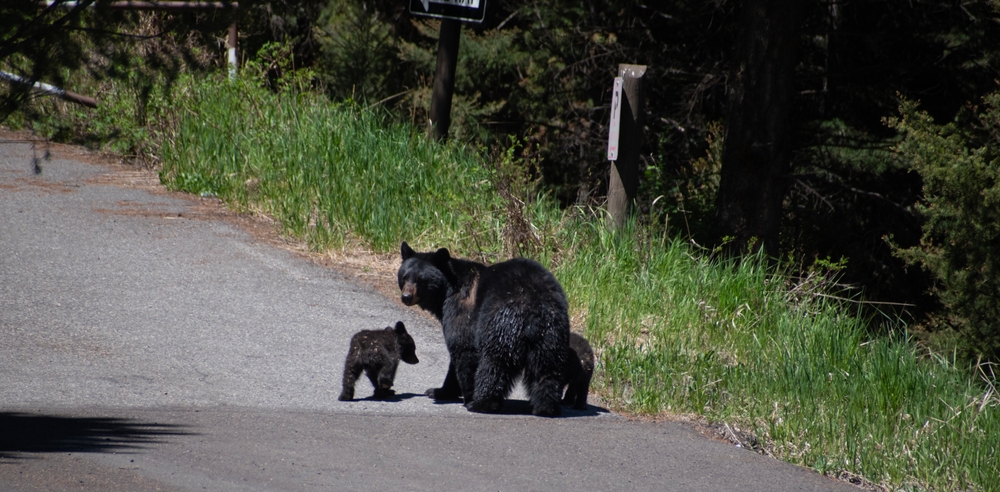
Maine is home to a thriving bear population, particularly black bears. The state’s diverse landscapes, including the Appalachian Mountains and vast forests, provide ideal habitats for these animals. Black bears in Maine are highly adaptable and can be found in a variety of habitats, from dense forests to urban areas. The state’s bear population faces challenges from habitat loss and human-wildlife conflicts, particularly in areas where bears come into contact with human food sources.
Conservation efforts focus on protecting bear habitats and promoting coexistence between bears and humans. Maine’s bear population is a reminder of the importance of preserving wilderness areas for future generations.
